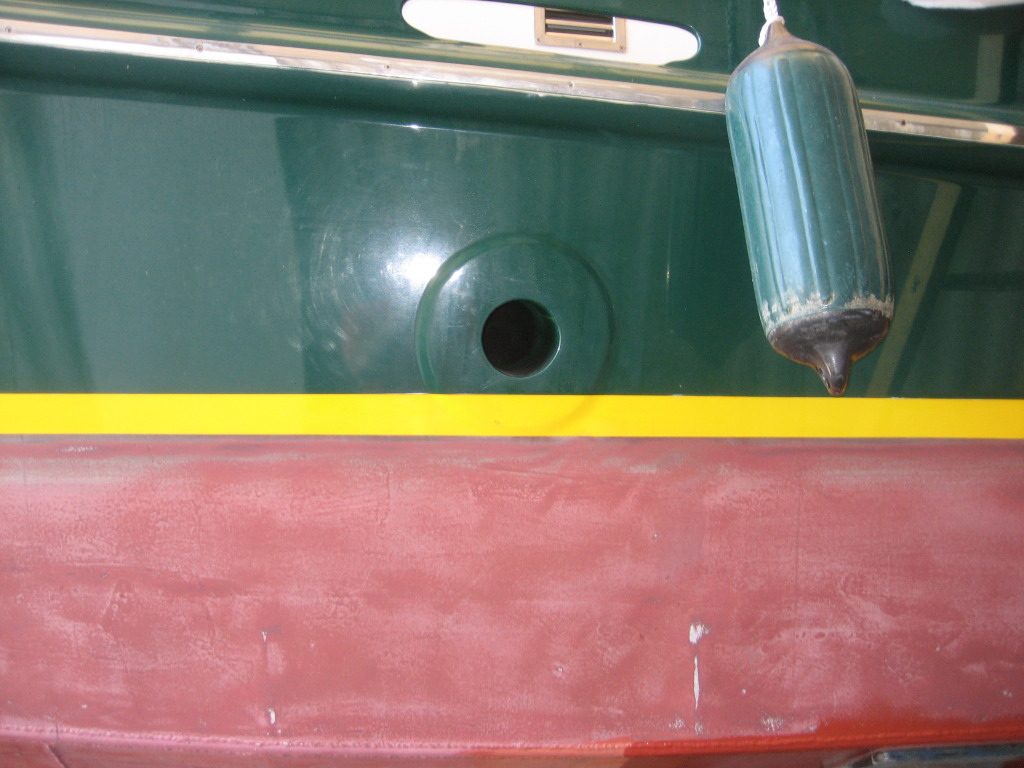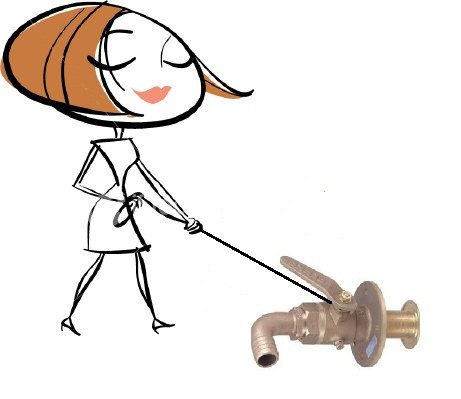MurrayM
Guru
Hi there,
We are looking at a 30' Sundowner Tug, but are new to this size of boat. The deceased previous owners son tells us that they have always left the wet exhaust seacock in the open position because since the seacock and the exhaust are almost at the same level, nothing would happen.
Every fibre of my being says this is wrong.
The seacock is located 1/2 way between the keel and the waterline beside the engine amidships, and the exhaust terminates just above the waterline aft. If any link in the chain between the two were to fail, wouldn't it at least flood the engine room...maybe even sink the boat?
Like I said...rookie here!
We are looking at a 30' Sundowner Tug, but are new to this size of boat. The deceased previous owners son tells us that they have always left the wet exhaust seacock in the open position because since the seacock and the exhaust are almost at the same level, nothing would happen.
Every fibre of my being says this is wrong.
The seacock is located 1/2 way between the keel and the waterline beside the engine amidships, and the exhaust terminates just above the waterline aft. If any link in the chain between the two were to fail, wouldn't it at least flood the engine room...maybe even sink the boat?
Like I said...rookie here!





